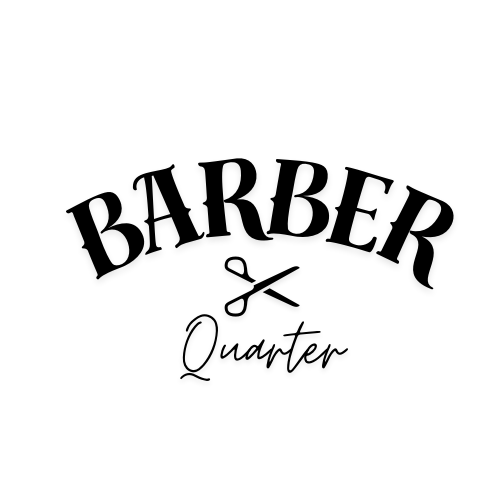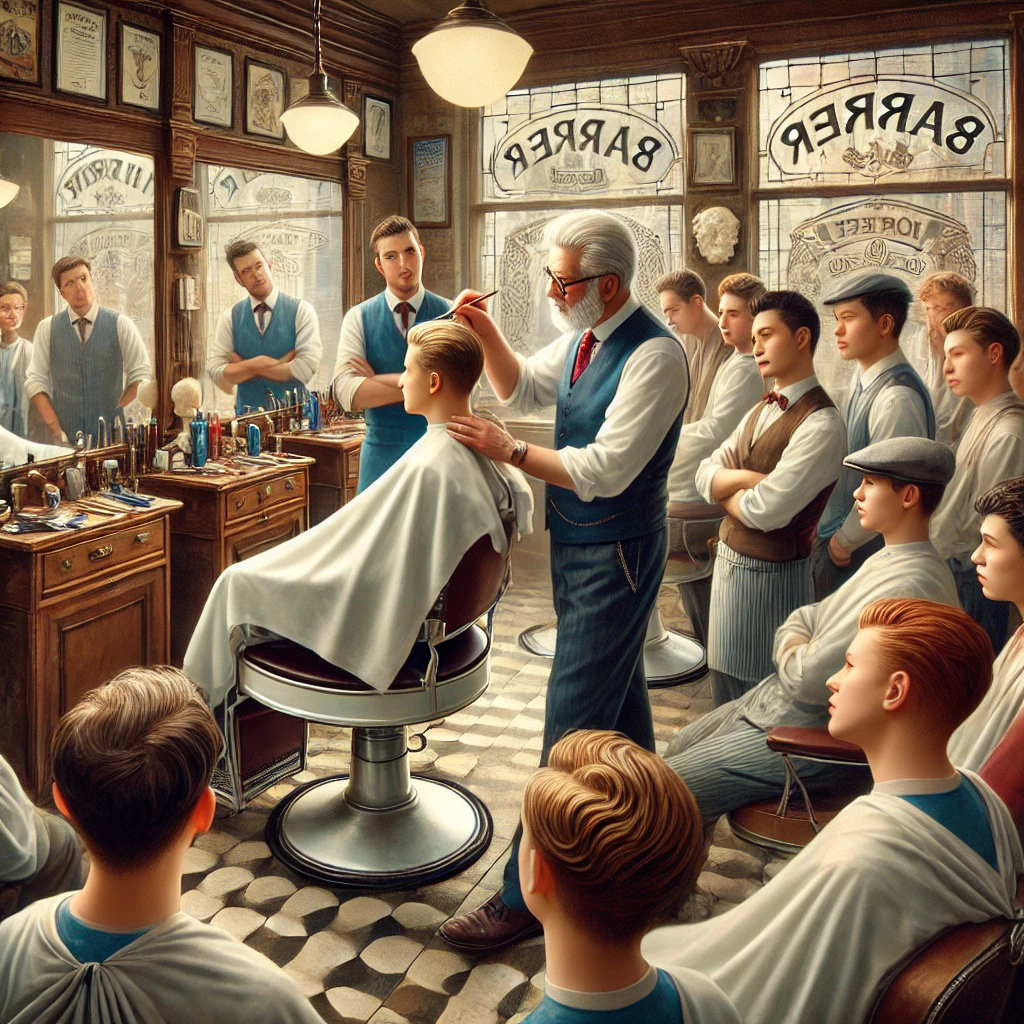Ever since I was a child, the atmosphere of a barbershop fascinated me. The sound of scissors snipping, the hum of clippers, and the artful conversations that flowed between the barber and clients all contributed to a unique environment. This story is not just about how I became a successful barber, but it’s a testament to anyone looking to master the art of barbering, with or without formal schooling.
The Path to Barbering: Time Investment
Becoming a barber isn’t an overnight process. It requires dedication, practice, and patience. For most aspiring barbers, attending barber school is the first step. Typically, a barbering program can take anywhere from 9 to 24 months to complete, depending on whether you’re pursuing it full-time or part-time. In states like Texas, California, and New York, the required training hours can range from 1,000 to 1,500 hours. During this time, you’ll learn everything from cutting techniques to hygiene practices, ensuring you’re well-prepared for the licensing exam.
However, the journey doesn’t end with school. It takes years of hands-on experience to truly become a master barber. Even after acquiring your license, continuous learning and adaptation to new trends are crucial. I spent countless hours perfecting my skills, learning new styles, and understanding the nuances of different hair types and textures.
Financial Investment in Barbering
The financial aspect of becoming a barber varies significantly by location and the type of education you pursue. On average, barber school tuition can range from $5,000 to $20,000. For instance, schools in California and New York are on the higher end, reflecting the higher cost of living and the comprehensive nature of the programs offered.
In addition to tuition, there are costs for tools and supplies, which can add another $1,000 to $3,000. Quality clippers, scissors, combs, and other essential tools are vital investments. Then there are licensing fees, which vary by state. In Florida, the application fee is around $150, while in Ohio, it’s about $40.
If you’re passionate about becoming a successful barber, it’s essential to view these costs as investments in your future. Many states also offer financial aid or scholarship programs to help offset these expenses.
Starting from Scratch: No Experience, No Problem
I started my journey with no experience, just a burning desire to become a good barber. For those in a similar position, there are several pathways to consider.
Firstly, many barbershops offer apprenticeship programs. These are invaluable opportunities to learn on the job under the guidance of experienced barbers. In states like Virginia and Tennessee, apprenticeships are a recognized pathway to becoming a licensed barber. This hands-on experience is priceless, allowing you to earn while you learn and build a client base even before you become fully licensed.
Additionally, leveraging online resources can significantly accelerate your learning process. Platforms like YouTube and specialized barbering forums offer tutorials and tips from seasoned barbers. Combining this self-directed learning with practice on friends and family can build a solid foundation.
Becoming a Barber Without Formal Schooling
In some states, you can become a barber without attending a formal barber school. For example, New Jersey, Arizona, and Louisiana have pathways that allow you to gain licensure through apprenticeship alone. This route typically requires a greater number of supervised training hours but offers the benefit of real-world experience and earning potential from day one.
My own journey took this unconventional path. I found a mentor willing to take me under his wing, and I completed a 3,000-hour apprenticeship in his barbershop. This experience was invaluable; I learned the trade’s intricacies and the business’s daily operations. By the time I sat for my licensing exam, I was not just prepared but confident in my skills.
Moreover, barbering is a craft honed through continuous practice and a genuine passion for the work. With determination and resourcefulness, you can become a licensed, successful barber without traditional schooling.
Afterwords
Becoming a barber is a rewarding journey that requires time, financial investment, and a willingness to learn. Whether you choose the traditional route of barber school or the hands-on approach of an apprenticeship, the key to success lies in your passion and dedication to mastering the craft. States like Texas, California, Florida, New York, and many others offer diverse pathways to becoming a licensed barber, ensuring that anyone with the drive can achieve their dream. My journey from an inexperienced enthusiast to a successful, licensed barber is a testament to the fact that with perseverance, anything is possible.





